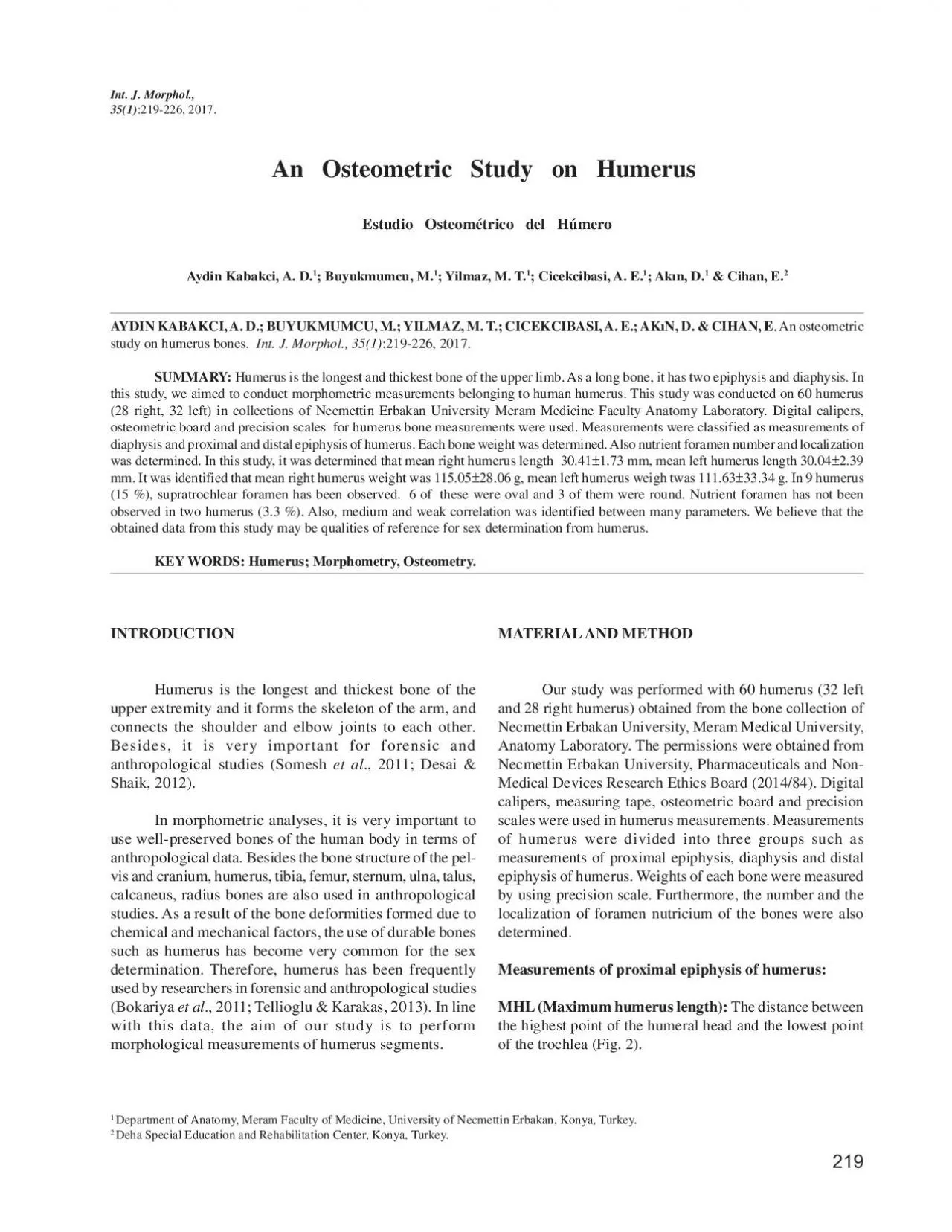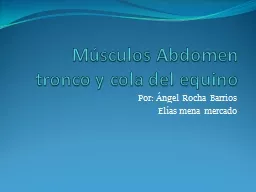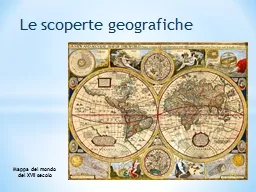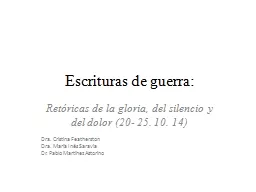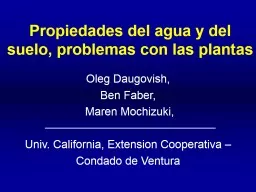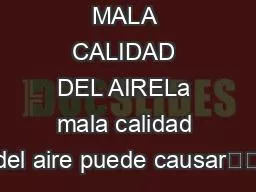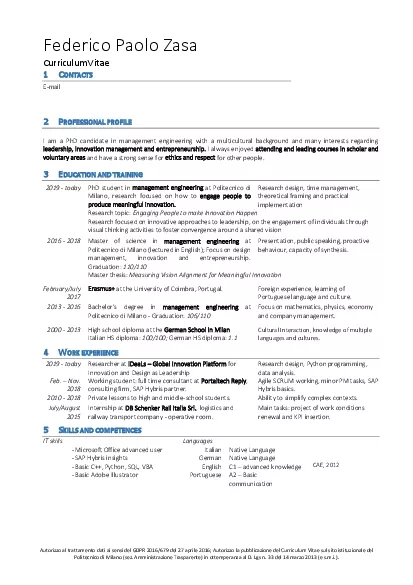PDF-An Osteometric Study on HumerusEstudio Osteom142trico del H156me
Author : badra | Published Date : 2022-10-27
Department of Anatomy Meram Faculty of Medicine University of Necmettin Erbakan Konya TurkeyDeha Special Education and Rehabilitation Center Konya Turkey TDHH Transverse
Presentation Embed Code
Download Presentation
Download Presentation The PPT/PDF document "An Osteometric Study on HumerusEstudio O..." is the property of its rightful owner. Permission is granted to download and print the materials on this website for personal, non-commercial use only, and to display it on your personal computer provided you do not modify the materials and that you retain all copyright notices contained in the materials. By downloading content from our website, you accept the terms of this agreement.
An Osteometric Study on HumerusEstudio Osteom142trico del H156me: Transcript
Download Rules Of Document
"An Osteometric Study on HumerusEstudio Osteom142trico del H156me"The content belongs to its owner. You may download and print it for personal use, without modification, and keep all copyright notices. By downloading, you agree to these terms.
Related Documents

